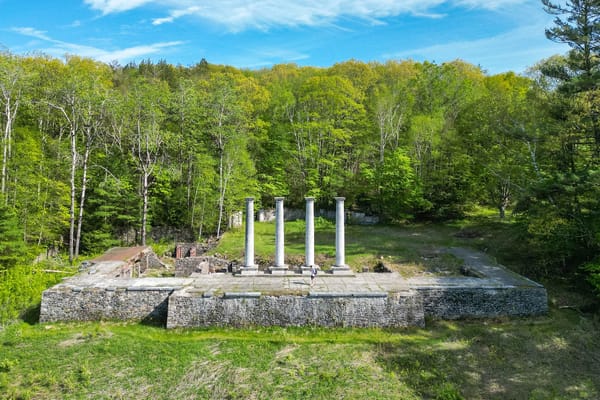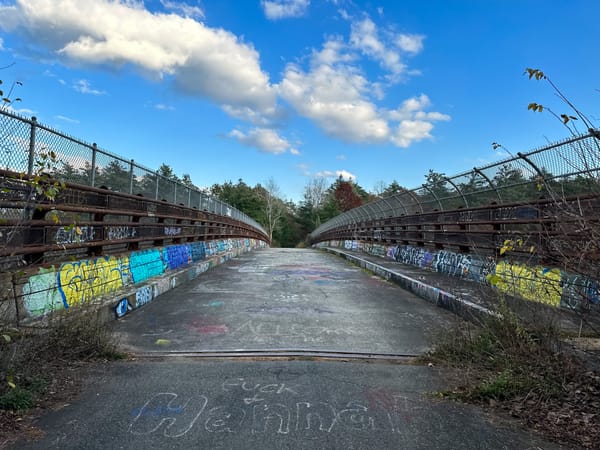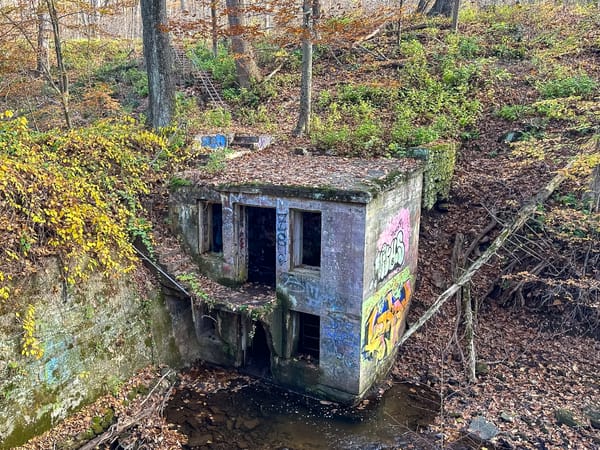Battery Whiting (Jamestown, RI)
Battery Whiting is an abandoned coastal gun battery that can be found in Fort Getty Park in Jamestown, Rhode Island.
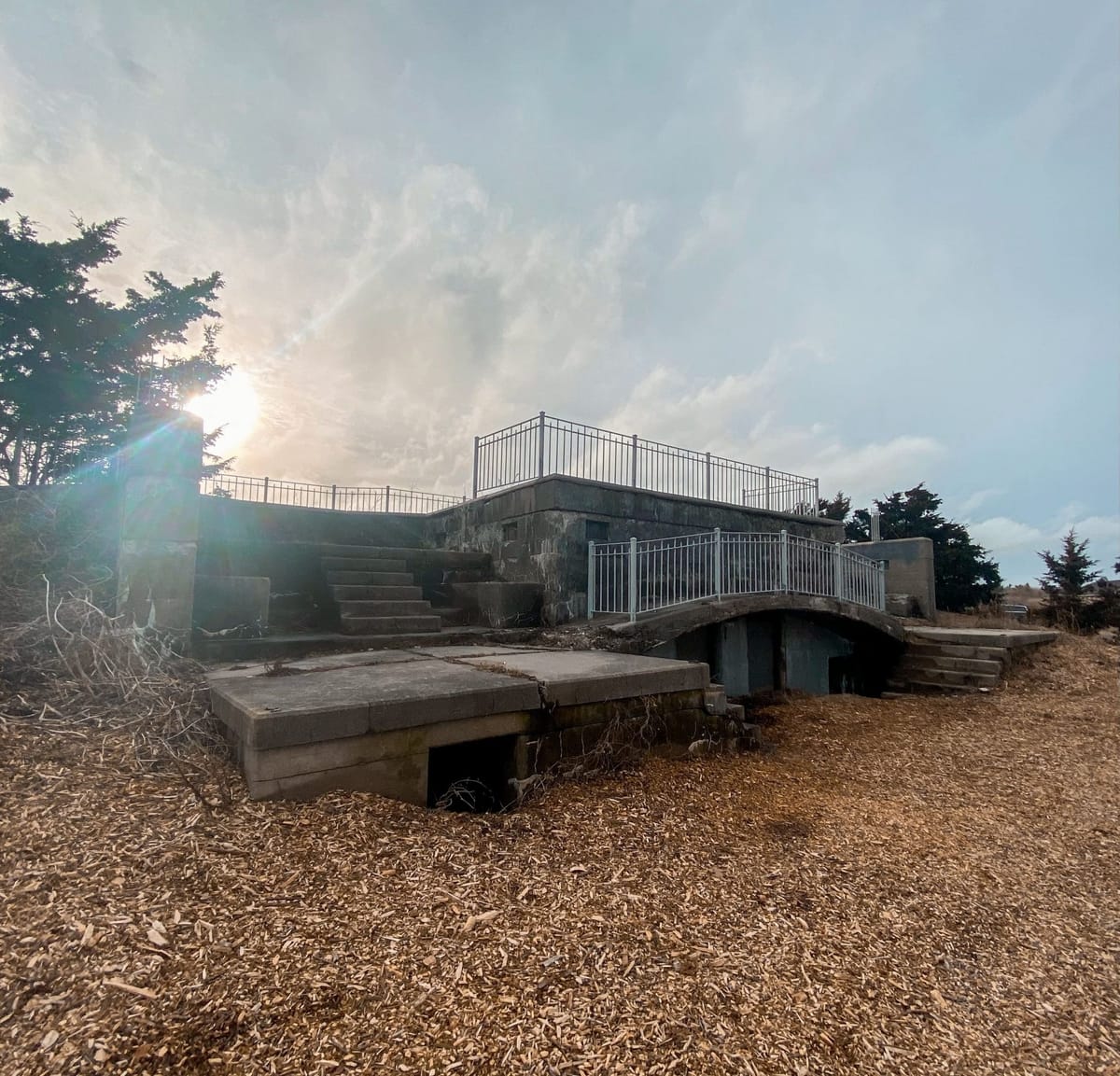
Nestled within the scenic shoreline of Fort Getty Park in Jamestown, Rhode Island, the abandoned Battery Whiting stands as a quiet monument to America’s early 20th-century coastal defenses. Built in the first decade of the 1900s, this compact Endicott-era battery once protected the West Passage of Narragansett Bay, playing a small but vital role in the broader network of fortifications known as the Coast Defenses of Narragansett Bay.
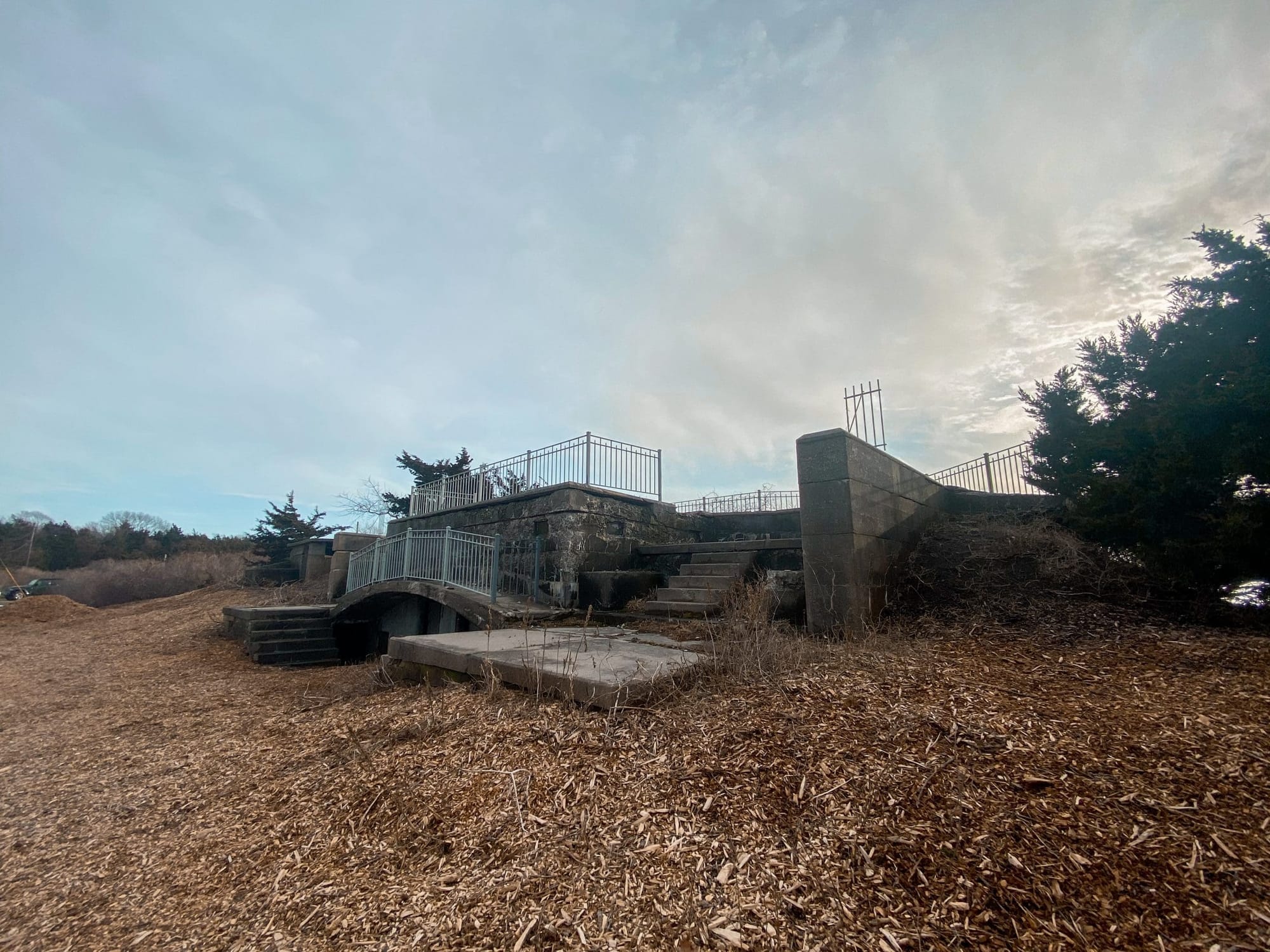
Fort Getty and the Endicott Period
In the late 19th century, dramatic advances in naval warfare rendered America’s brick forts and smoothbore cannons obsolete. To address this, the Board of Fortifications—known as the Endicott Board after Secretary of War William C. Endicott—was established in 1885. Its recommendations spurred a massive modernization of the nation’s harbor defenses, leading to the construction of new reinforced-concrete forts and heavy gun batteries between 1890 and 1910.
Fort Getty was one such project. Construction began in 1901, with the mission of protecting the West Passage leading into Narragansett Bay and the ports of Newport and Providence. The fort was named after Colonel George W. Getty, a veteran of both the Mexican-American War and the Civil War. Within this modernized fortification rose Battery Whiting, one of the smaller but strategically positioned gun batteries on the site.

Construction and Armament
Construction on Battery Whiting began in January 1903 and was completed by September 1903, an impressively quick timeline even by Endicott standards. The Coast Artillery Corps officially placed the battery into service on June 7, 1910.
- Equipped with two 3-inch M1903 guns mounted on M1903 Barbette carriages
- Designed as a two-story concrete structure with guns on the upper level and magazines below
- Featured no shell or powder hoists—ammunition was loaded manually by the gun crews
- Received electrical power from Battery Tousard’s emplacement power plant nearby
- Named in honor of Major Levi Whiting, a 19th-century U.S. Army officer who served with distinction
Though smaller than other Endicott-era batteries, Battery Whiting’s 3-inch guns were quick-firing and effective, launching 15-pound shells up to 10 miles. Its mission was to engage fast-moving torpedo boats and smaller enemy vessels that might attempt to slip past the heavier batteries guarding Narragansett Bay.
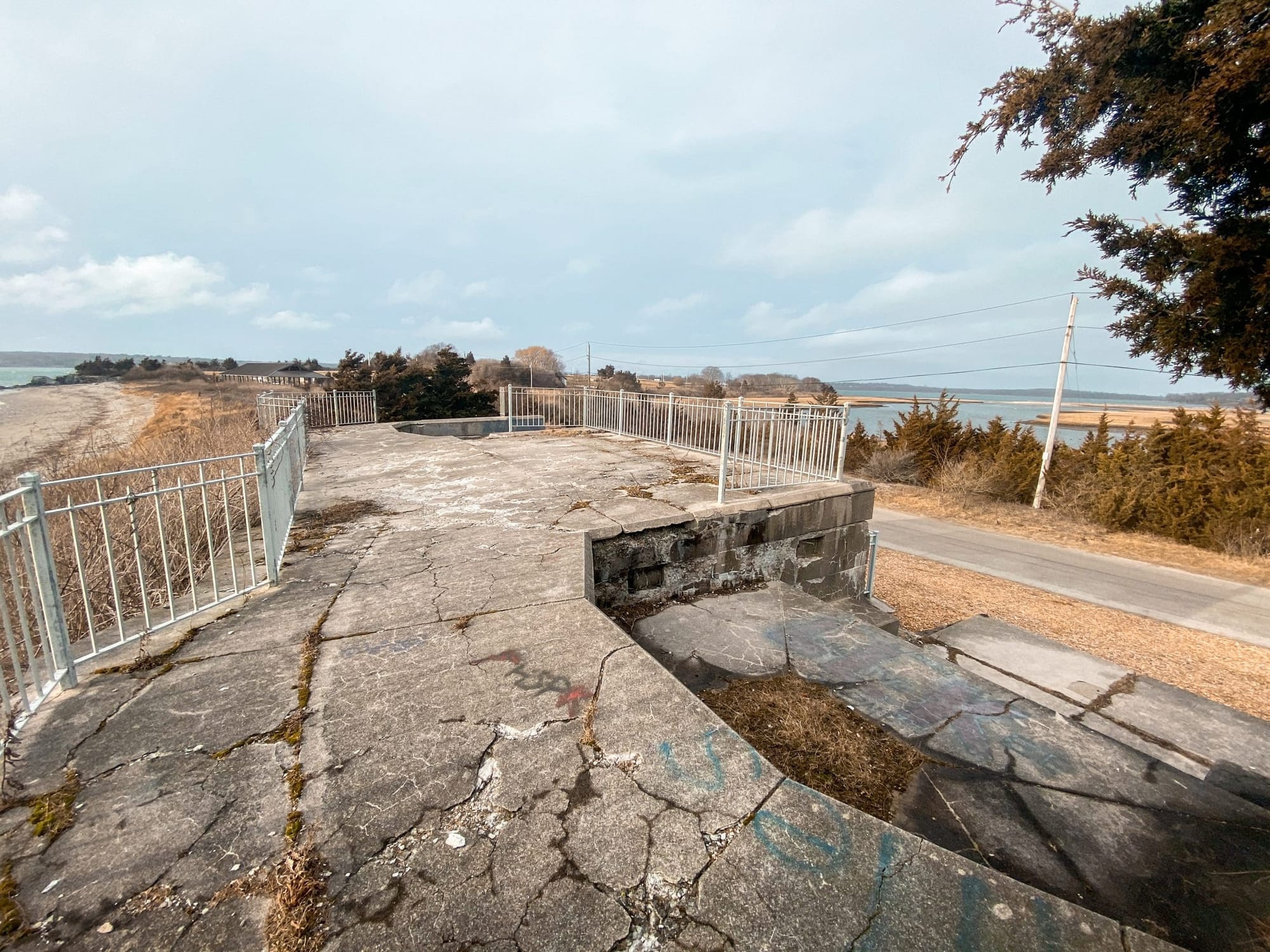
World War I and World War II
When the U.S. entered World War I, many heavy guns from coastal batteries were dismantled and shipped overseas for use on railway mounts or field carriages. Battery Whiting, however, remained untouched and continued to operate throughout the war.
In 1922, a small Coincidence Range Finder (C.R.F.) station was built about 40 feet southeast of the first gun emplacement. It housed a 9-foot Barr & Stroud rangefinder, accepted for service on August 8, 1922, improving the accuracy of Battery Whiting’s targeting.
By World War II, the 3-inch guns had become outdated. In July 1942, the guns and carriages from Battery Whiting were transferred to Fort Burnside—marking the end of its operational life. The battery was officially decommissioned and abandoned soon after.
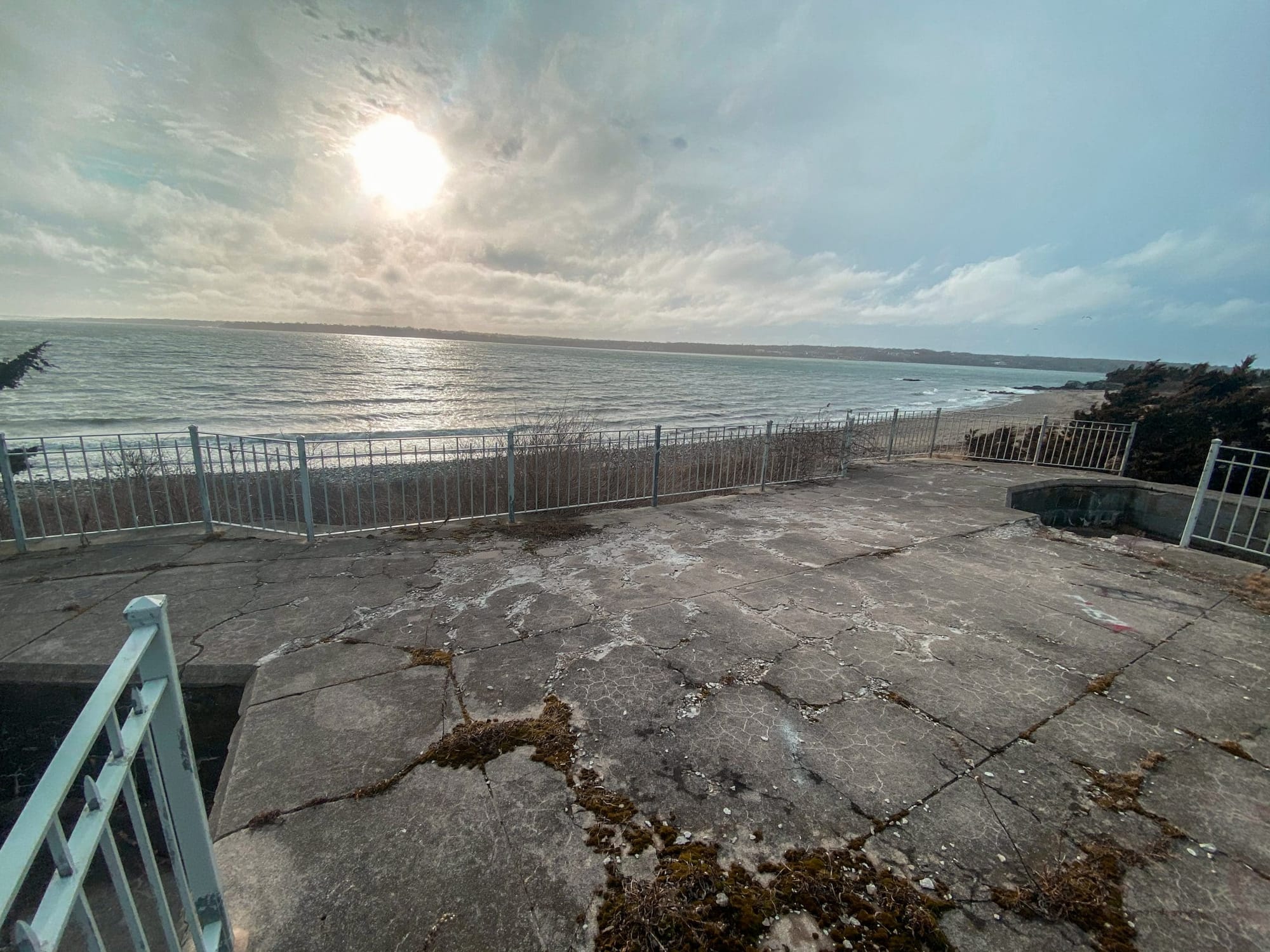
Battery Whiting Today
Today, Battery Whiting remains standing within Fort Getty Park, which has been open to the public since the late 1940s. The park, overlooking Narragansett Bay, now serves as a peaceful recreation area featuring a campground, beach, dock, and walking trails.
Visitors can admire the exterior of Battery Whiting, though its doors remain locked and stairways fenced off for safety. Even from the outside, the structure offers a fascinating glimpse into the nation’s early 20th-century military engineering.
Fort Getty is particularly popular in the summer months, when its coastal views and ocean breeze attract visitors from across New England. During the off-season, it transforms into a quiet, windswept historical site perfect for peaceful walks and photography.
Visiting Information
- 📍 Address: 1050 Fort Getty Road, Jamestown, Rhode Island
- 🌐 GPS Coordinates: 41.487861, -71.397917
- 🅿️ Parking: Multiple lots within Fort Getty Park; ample parking near the battery
- 💰 Fees: Free in the off-season; $20 daily parking fee from Memorial Day to Labor Day
- 🕰 Hours: 7 a.m. – 10 p.m. daily during the summer season
- 🐾 Pets: Leashed dogs welcome year-round
🔍 Quick Facts
- 🏗 Construction: January – September 1903
- ⚙️ Operational Date: June 7, 1910
- 💣 Armament: Two 3-inch M1903 guns on M1903 Barbette carriages
- 📡 Rangefinder Station: Added 1922 (9-ft Barr & Stroud C.R.F.)
- ⚡ Power Source: Supplied by Battery Tousard’s emplacement power plant
- 🕰 Deactivated: 1942 (World War II)
- 🎖 Named For: Major Levi Whiting
- 🏞 Current Status: Abandoned structure within Fort Getty Park
- 🚶♂️ Access: Exterior only – doors locked, stairways fenced
Final Thoughts
Though small in scale, Battery Whiting was an essential link in the chain of Rhode Island’s coastal defenses. It once stood watch over the West Passage alongside its larger counterparts, Battery Tousard and Battery House, forming a critical line of protection for Narragansett Bay.
Today, Battery Whiting endures as a peaceful historic landmark within Fort Getty Park—a reminder of how engineering, strategy, and geography once converged to defend America’s shores. Whether you’re a history buff, photographer, or casual visitor, it’s a fascinating stop on Jamestown’s rich coastal trail.

